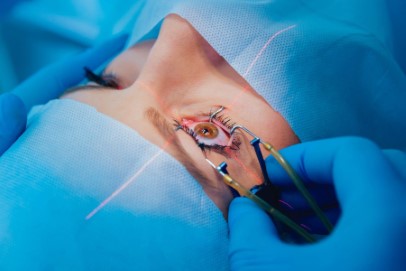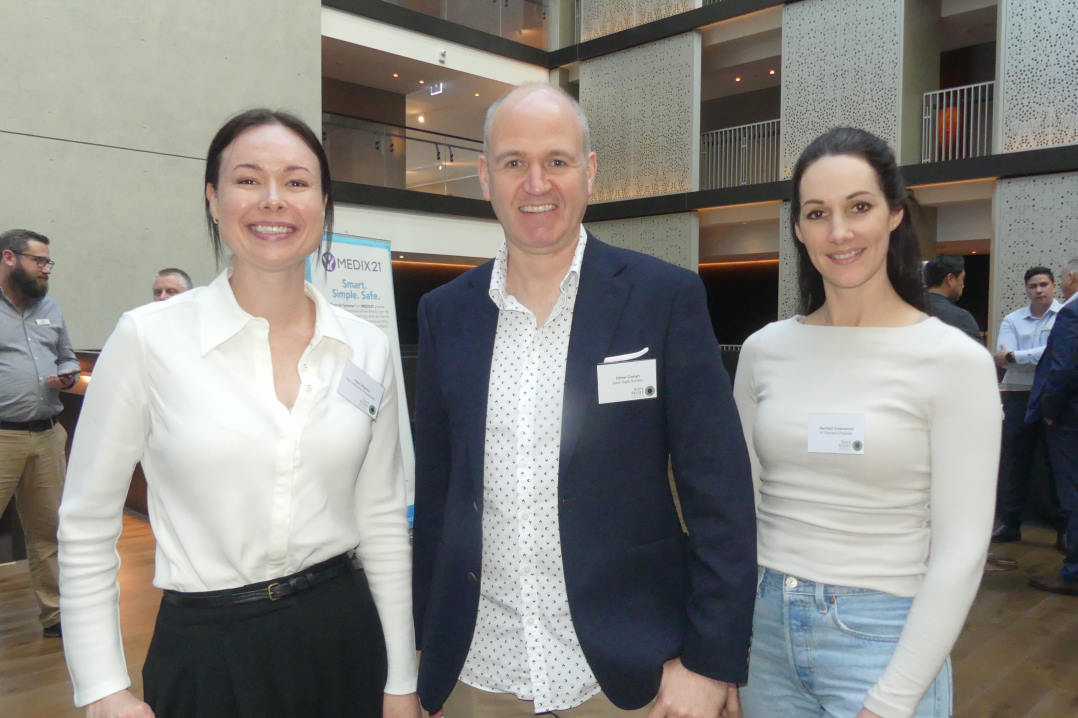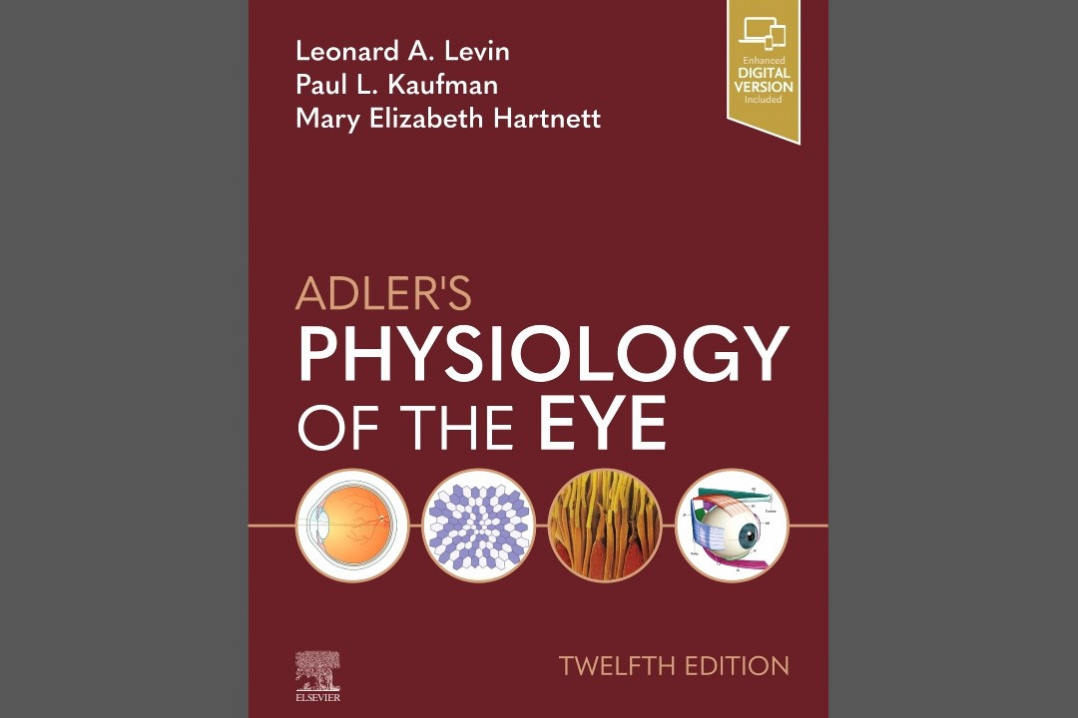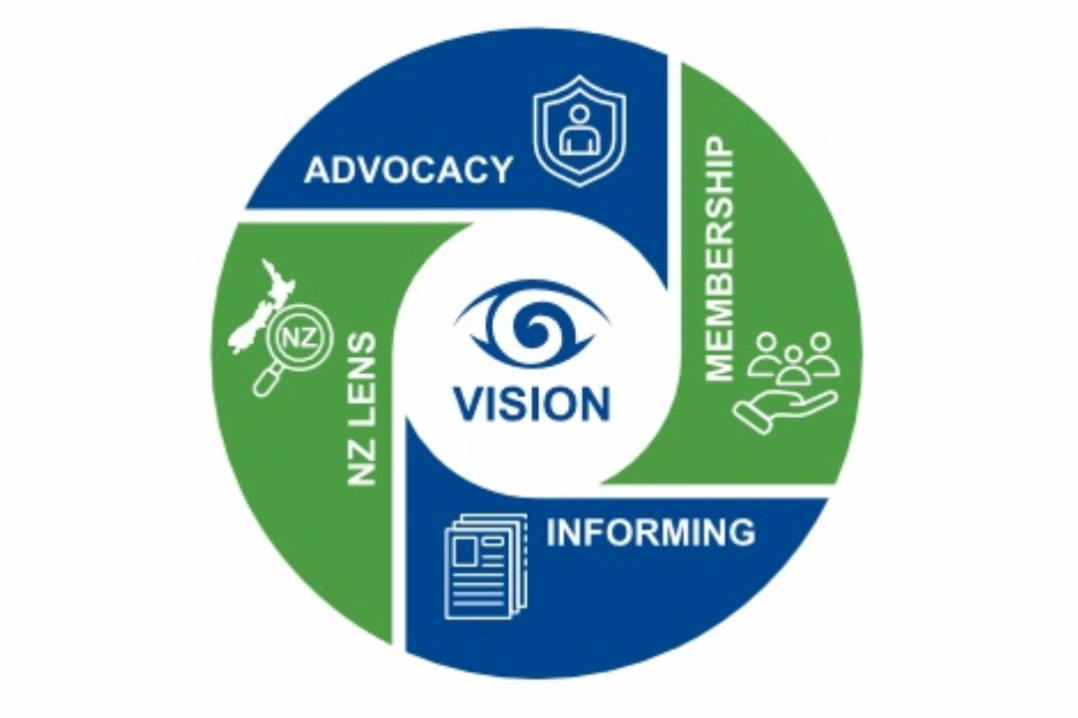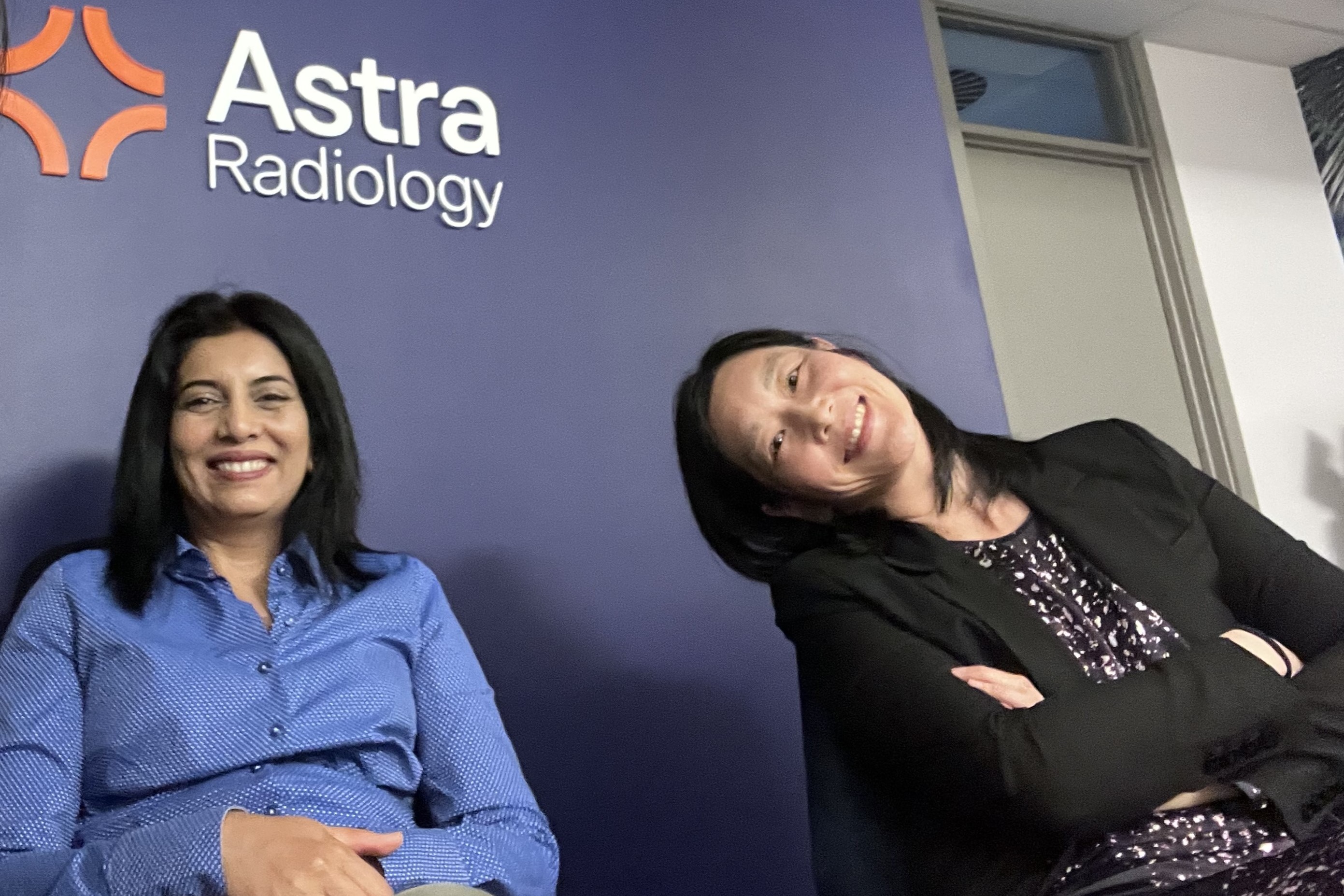Enhanced LASIK for ‘HD’ vision
An Australian study has demonstrated ray-trace-based LASIK was safe and effective for correction of myopia with and without astigmatism, with 90% of patients achieving 20/15 ‘HD’ vision.
Ray-tracing is a computer-based method used to calculate an ablation profile for a refractive laser by incorporating data derived from several types of measurements. Sydney-based ophthalmology registrar Dr George He and Associate Professor Chandra Bala, managing director of PersonalEyes private surgery, assessed 400 eyes in a single centre using wavefront, tomography and biometry with Alcon’s InnovEyes Sightmap diagnostic device. A ray-trace-based algorithm (InnovEyes) then generated a detailed 3D model (or ‘eyevatar’) of each eye and calculated a LASIK ablation profile. At three months’ follow-up, around half the eyes studied achieved ≥20/12.5 uncorrected distance visual acuity (UDVA), with 8% achieving 20/10, reported the researchers in the Journal of Cataract & Refractive Surgery.
While ray-tracing technology seems promising, it has been around for 10-plus years and there has been difficulty in providing significantly better real-world outcomes to convince the majority of refractive surgeons of its benefits, said Auckland-based cornea and refractive surgeon Dr Mo Ziaei. “The technology is currently being pushed by one commercial company as being superior to other techniques, but experience has taught me to be cautious and look beyond the marketing hype… I shall eagerly await larger studies conducted by numerous surgeons at different centres comparing the tried and tested ways of laser vision correction to ray-trace-based LASIK before advocating or promoting it to my patients.”
As for the concept of ‘HD vision’, laser vision specialists have long been looking at providing superhuman vision by surpassing the 6/6 visual norms, explained Dr Ziaei. “It is now very common to see day-one postop binocular visual acuity of 6/4 or better; indeed this can even be expected by some patients. HD vision, in my opinion, is providing vision beyond the preoperative best spectacle-corrected visual acuity of the patient by addressing irregularities in the optical system beyond simple sphere and cylindrical correction.”









